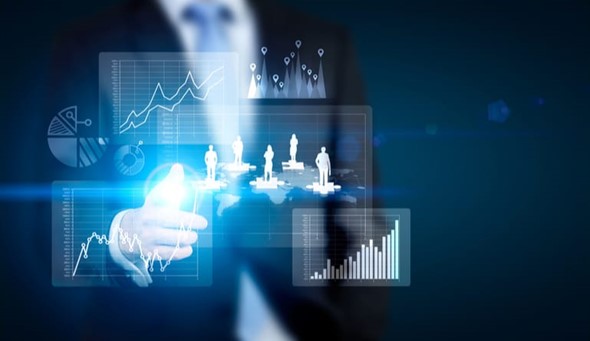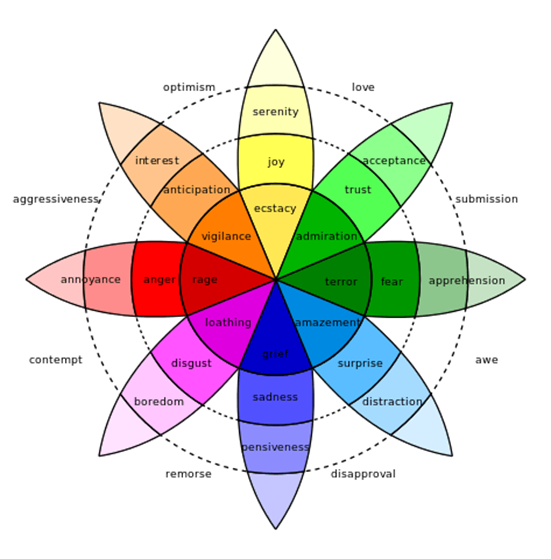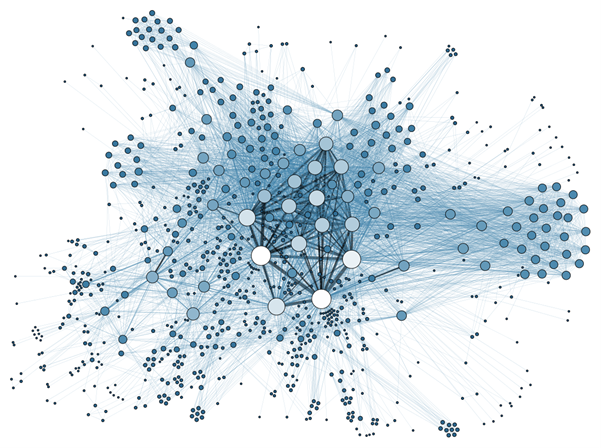The surge in analytical application to every sector has ushered in a need to analyse the human components of the very same framework.
Copious amounts of technological advancements that were generated in the 20th century, ultimately set upon the age of IT, giving way to the dawn of the era of analytics and artificial intelligence that we are heavily enveloped in today. Following a pragmatic course of logical reasoning, the successional step to data assembly had to have been a thorough understanding of the collected data. Along the same course, this analysis cannot simply be applied to goods and services in a purely corporate setting where a firm’s team of analysts are driven by capitalist desires to deliver results on how many more products can be sold to a specific community based on spatial & income-based relevance. No, analytics isn’t that straight-forward and if it had been, nobody would have paid dirt to it in this day and age.
We are surrounded by data – our social media activity, grocery order, online shopping history – and all of these suggest patterns that can essentially define us. The digital age has enabled our patterns to be recorded and stored as data however, unless this goldmine is utilised with the help of appropriate analysis, it is nothing more than numbers on a spreadsheet. More specifically, people analytics is the latest trend, delving its way into most influential topics of discussion and playing a vital role in determining everything – from what you are going to eat for breakfast today to who will become the next President of the USA.

Amongst multitudes of methods deployed to attain various inferences on behavioural patterns and its affiliated concerns, sentiment analysis is by far one of the predominant ones that has come up especially in association with enhancement of social media algorithms, customer service and understanding of markets based on specificity. An array of key words is segregated into categories that can be titled as a rather generalised spectrum/ranking system of emotions or sentiments to understand the experiences of its authors.

Say, you are tweeting about the unethicality of a recently released political manifesto – very much on the nose, I know – and have expressed your blatant distaste for the same, certain keywords will be picked up which will go a long way in understanding and adding to patterns displayed from your social media account and will help in building your digital persona. This helps in deploying an algorithm aligned with your interests and furthermore, products and services are directly or indirectly advertised to you. Newer technologies are also enabling interpretation of emotions from facial expressions to correctly analyse what public sentiments happen to be based on consumer-centric criteria.
In terms of how people analytics must be recognised for the vast potential it contains, it would be a fairly percipient deduction to realise how the implementation of people analytics in a socio-political sense would not only stop pinpointing individual events and start treating them as non-isolated ones but also begin aiding in the dismantling of systemic issues that are obscured in plain sight. It is commonly believed that biases – whether extreme or otherwise – not only originate from a single source but authorities also tend to focus on erasing it by attempting to rid the same person of it. Whilst the first half of the previous statement might be accurate, bias tends to seep its way into systemic orders and subverts the institutionalised system that general proceedings depend upon, not just on an individual level.
Additionally, it is imperative to understand how people residing at the comfortable peak of the social hierarchy pyramid do not usually tend to empathise with or even recognise the marginalisation of those lower in the same system of strata. This essential communication is often lost and requires a bridge to connect the needs of the people and the policies to be implemented by authoritative bodies. While this might sound hyper-utopic, the mainstream application of people analytics can amass genuine public perception by implementing social network analysis to understand community subgroup structures and revamp traditional methods of operations based on surface or vanity metrics that have only ever served a temporary purpose in solving issues. While it is of course being done, the effects don’t seem to be aiding the ones who most gravely require it.

Mapping social network analysis using Gephi visualisations // Source: DEVELOP project
As I said, it might seem too idealistic however, with the developments in people analytics and its subsequent plethora of softwares redefining how we understand public opinions with specific focus on each individual’s sentiments, a refined system with reduced bias might just be visible somewhere in the distant horizon.
Article Sources:
The New York Times
Visier
Josh Bersin
Spotify HR Blog
myHRfuture
Analytics Insight
Breakthrough Analysis
Written By -Ashita Udeshi





